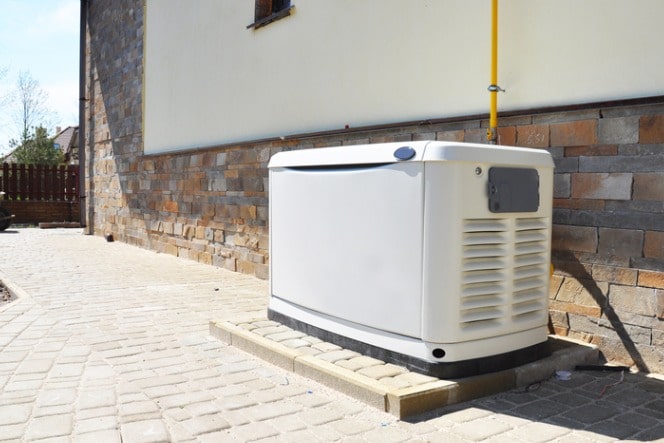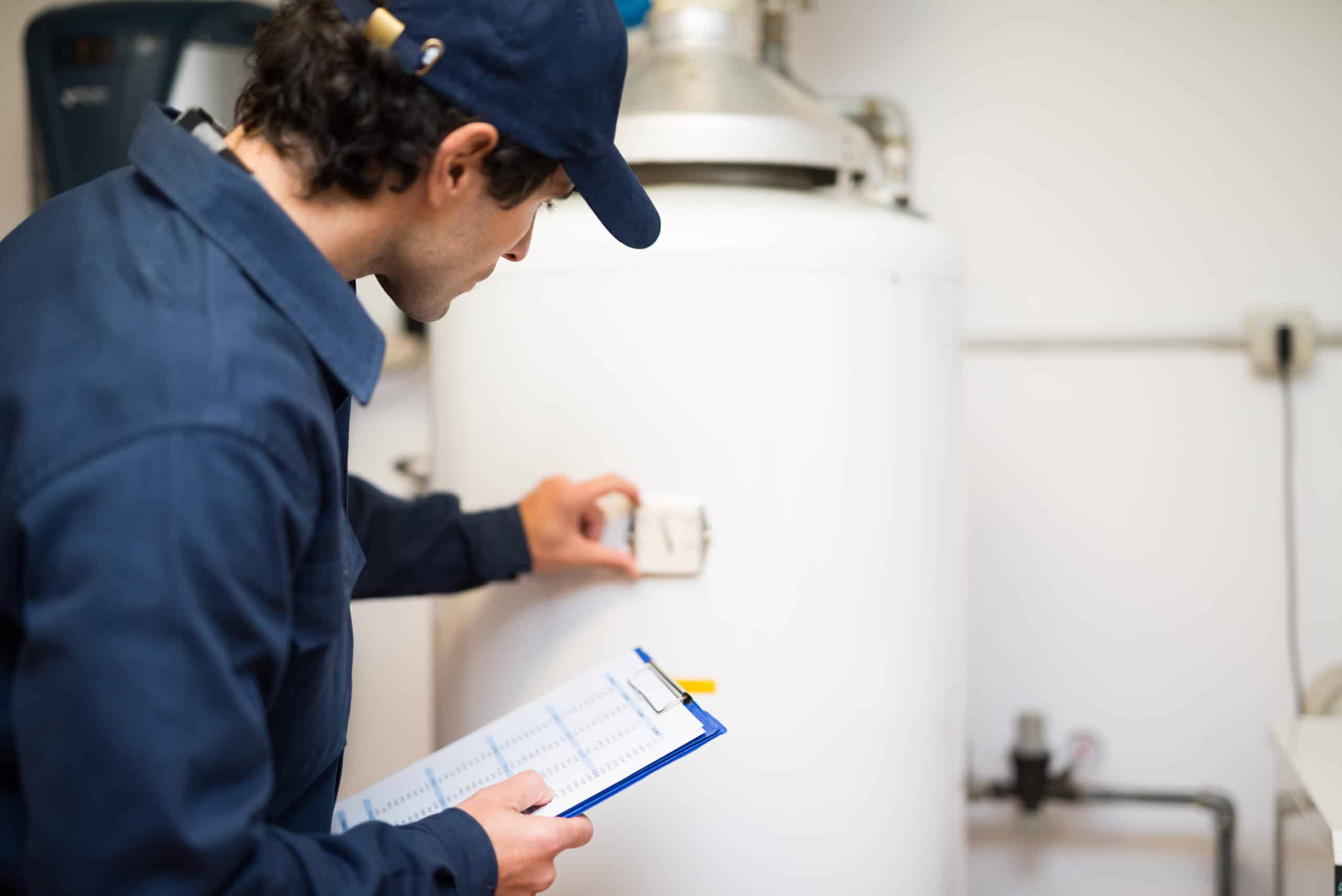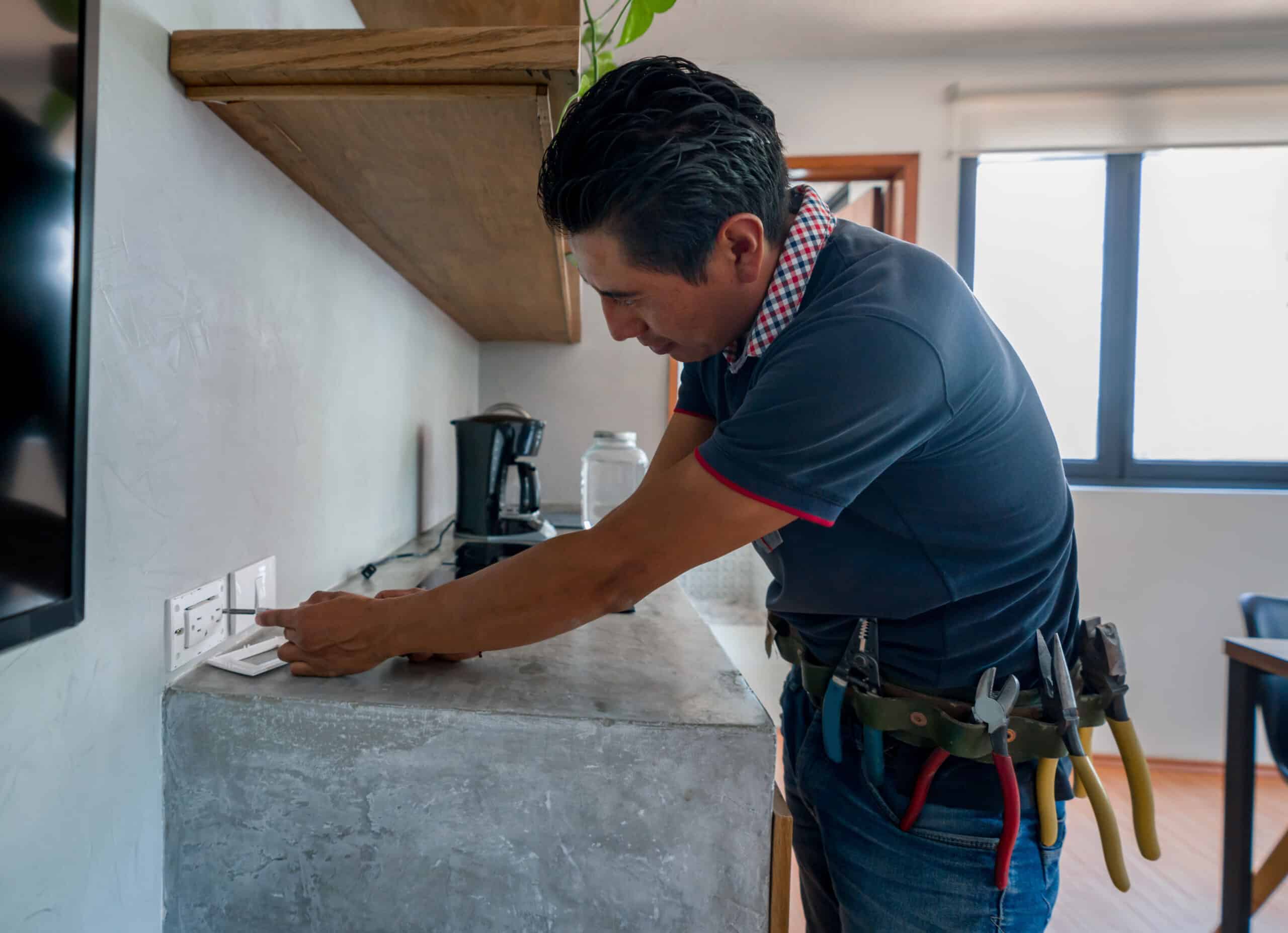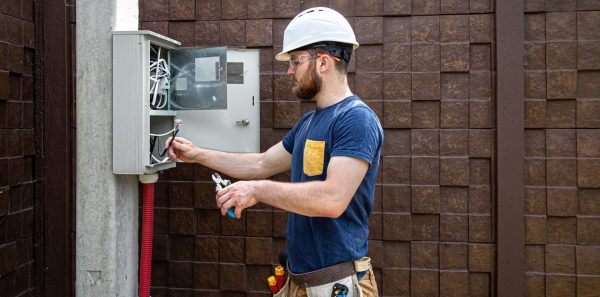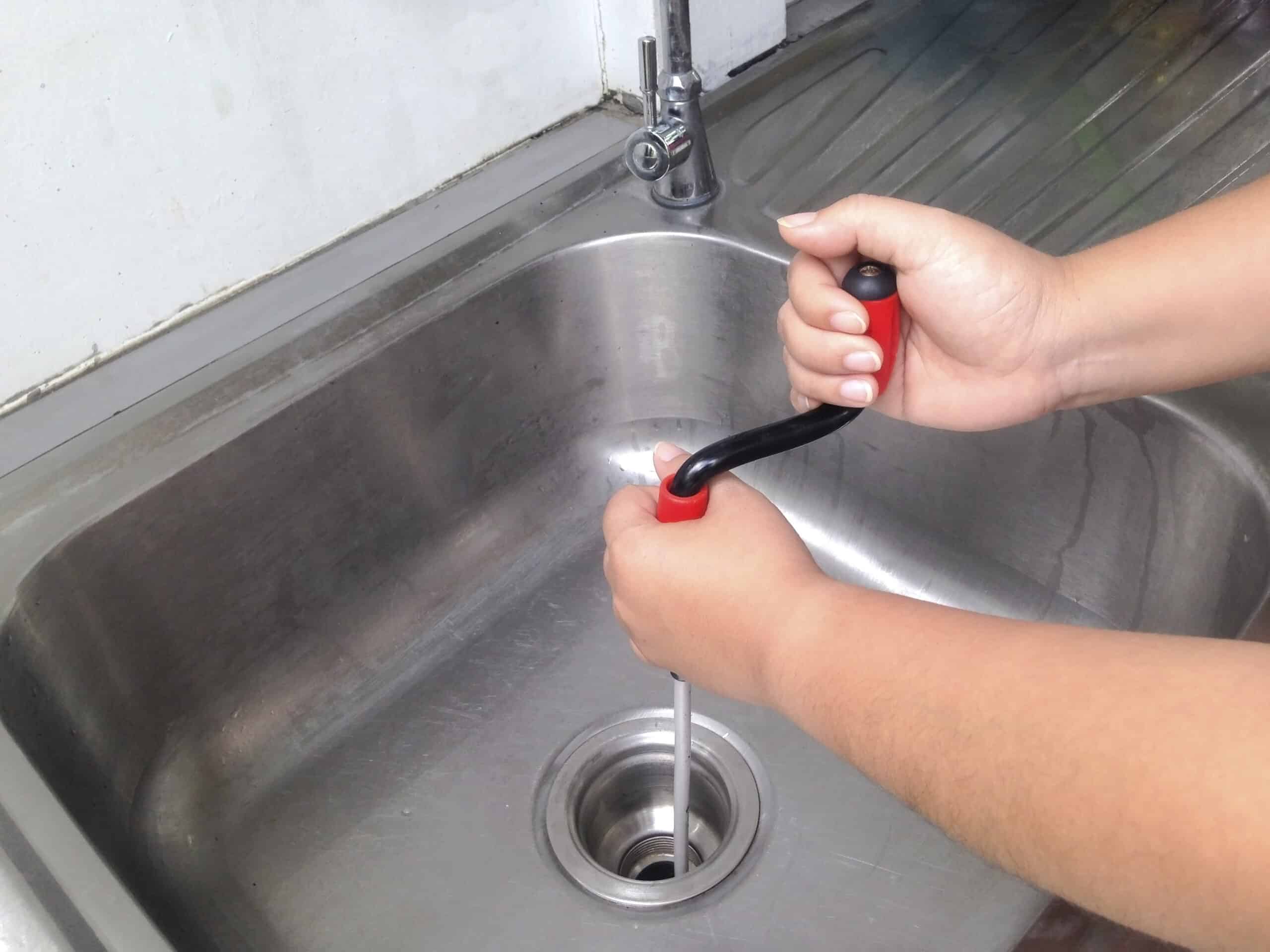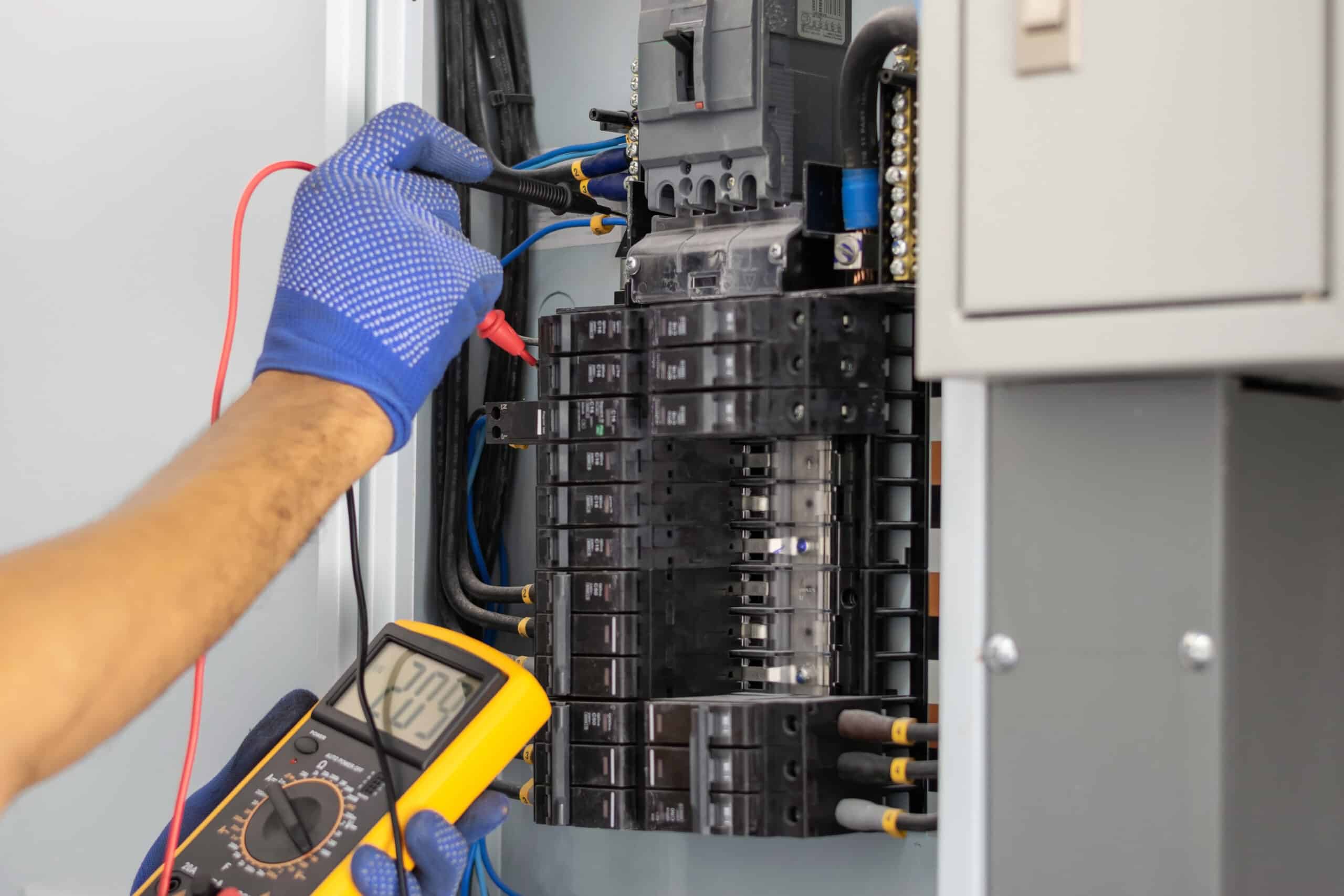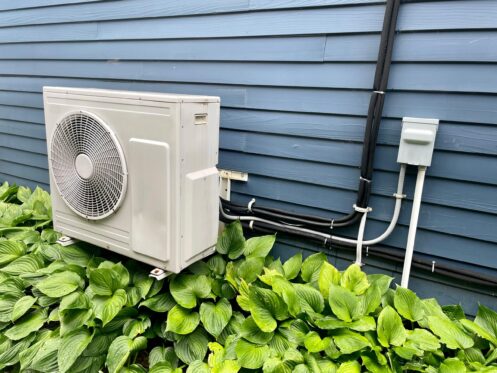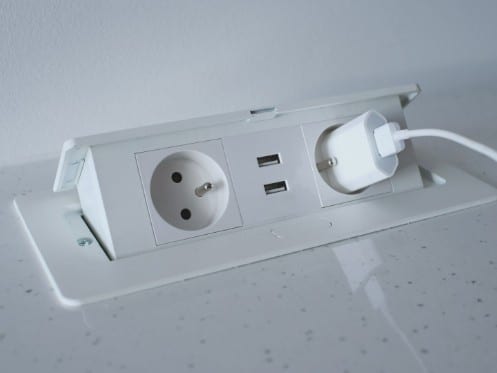When the electricity goes out in your house, it’s comforting to know that you have backup from a standby generator that automatically kicks on restores power. Home generators are especially handy during Kansas winters and summers when temperatures are at their worst. For this reason, a lot of homeowners schedule generator installation in Wichita, Kansas.
When buying a generator, there are several things you need to consider, such as generator type, fuel type, noise level, performance, and safety. Perhaps the most important item to consider when scheduling generator installation services is the generator size. It is important to match the right size home generator with your house.
Below, we look at how you calculate what size generator you need for whole house generator installation.
Why Generator Size Matters
Before we look at how to calculate generator size, you need to understand why generator size matters. Your home is filled with electrical panels, wiring, outlets, fixtures, appliances, and electronic devices.
In fact, the average household has ten appliances and more than ten electronic devices plugged into a wall at any given time. How much power do these appliances and electronic devices consume?
Appliance or Device |
Running Watts |
| Water Heater | 4000 |
| Stove | 3000 |
| Sump Pump | 1050 |
| Air Conditioner | 1000 |
| Furnace Fan | 800 |
| Refrigerator | 700 |
| Television | 500 |
| Computer | 300 |
| Modem/Router | 20 |
| Smartphone | 6 |
A good starting point for choosing the right model for generator installation is to add the running watts for the appliances or devices you think you’ll need during a blackout or brownout. The list above includes many of these items. Let’s assume that your household uses all of these items at the same time.
If so, your total running wattage would be 11,376 running watts. It would be nice if calculating your generator size were that simple…but it’s not. Let’s keep going.
Running Wattage, Starting Wattage, and Surge Wattage
Many of your electronic devices do not run continuously. Your refrigerator turns off once it reaches the desired internal temperature. The same thing happens with your HVAC. You only use your stove and television at certain times of the day.
It takes a certain amount of watts to power the appliance up. It takes a different amount of watts to keep it running. And your generator can only produce so many watts. So, you need to know the difference between the different types of wattage.
Running Wattage
Running wattage is the watts needed to keep your appliances running or the amount of power your device needs over time.Starting Wattage
Starting watts are extra watts needed for two to three seconds to start motor-driven products like a refrigerator or circular saw, this is the maximum wattage the generator can produce.
Surge Wattage
Surge wattage is the maximum power the home generator can handle. Sometimes starting wattage and surge wattage are interchangeable because an appliance can create a surge of power when it turns on.
Calculating Generator Size
Now that you understand the basics of wattage, it’s time to do a little math so that you can choose the right size home generator.
When shopping for a brand for home generator installation, you need to consider running, starting, and surge wattage.
It begins by taking an inventory of all the appliances and devices you want to use when the power goes out and adding up the starting and running wattage. From there, you need to find out how the full surge capacity of the generator. It may look like this:
Running wattage + starting wattage = total wattage.
Here’s a more specific example:
Refrigerator starting watts: 2200
Refrigerator running watts: 700
Total refrigerator wattage: 2900
If you run just the refrigerator during a power outage, you would need a generator that produces 700 watts of running power and 2200 watts of starting power for a total capacity (or surge power) of 2900 watts.
What Happens if My Generator Is Too Large or Too Small?
There are two mistakes that homeowners make when choosing a whole house generator installation model.
The first mistake is to get a generator that meets the bare minimum power requirements to save a little money. The second mistake is overcompensating and buying a generator that produces more power than necessary.
Here’s the reason why you should avoid both mistakes.
What Happens if My Home Generator is Too Small?
If your generator is too small, you can expect the following problems:
- The generator may overheat from working too hard.
- The generator will not produce enough power.
- You may experience brownouts throughout the house.
- Critical appliances or systems may fail.
What Happens if My Home Generator Is Too Large?
If your generator is too large, you can expect the following problems:
- Too much power can damage the home’s electrical system.
- A generator that is too large is not efficient.
- You’ll pay too much for fuel and generator maintenance in Wichita.
Hire a Professional to Help You Choose the Right Size Generator
Another common mistake that homeowners make is attempting a DIY generator installation.
If you are using a portable home generator, there is no installation. DIY is not a big deal. However, if you are doing a standby generator installation, you may want to consider hiring a company that performs generator installation services in Wichita.
There are several reasons for this:
- You may need a permit to install the generator.
- A DIY may void your home warranty or generator manufacturer warranty.
- If the generator causes a fire, your homeowner’s insurance company may deny your claim.
- A licensed electrician can complete the job to manufacture specifications and meet local building codes.
A professional generator installation gives you peace of mind knowing that you and your family safe in those cringe moments when backup power is vital to your house.
Schedule Generator Installation in Wichita, Kansas
If you need generator installation for your home, contact Eck Services. We offer complete generator installation services and generator maintenance in Wichita, Kansas. To schedule a service, fill out our contact form or give us a call.
Don’t forget to visit our service area pages and follow us on Facebook for more exciting updates.


